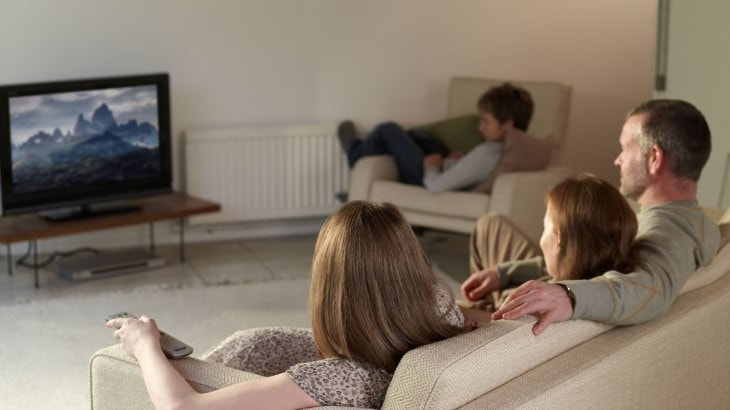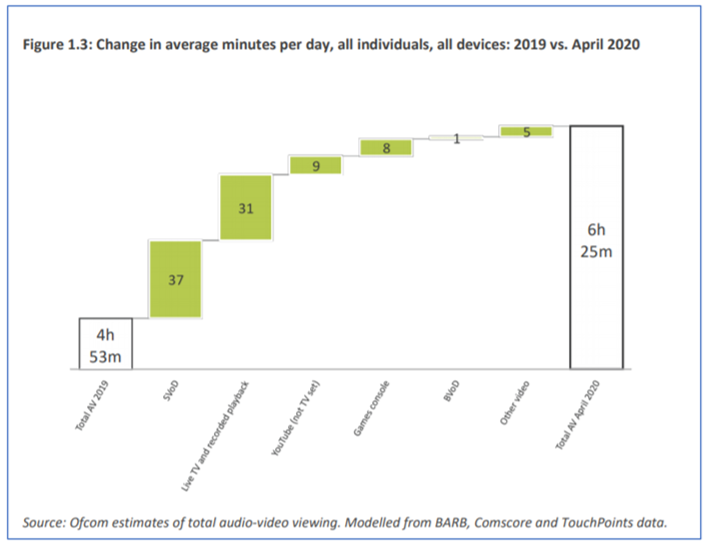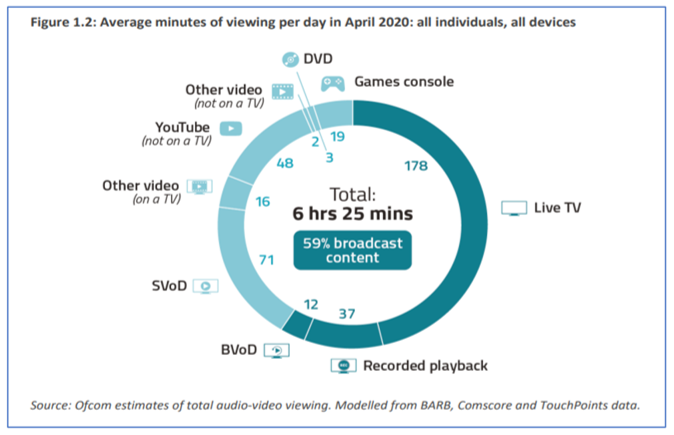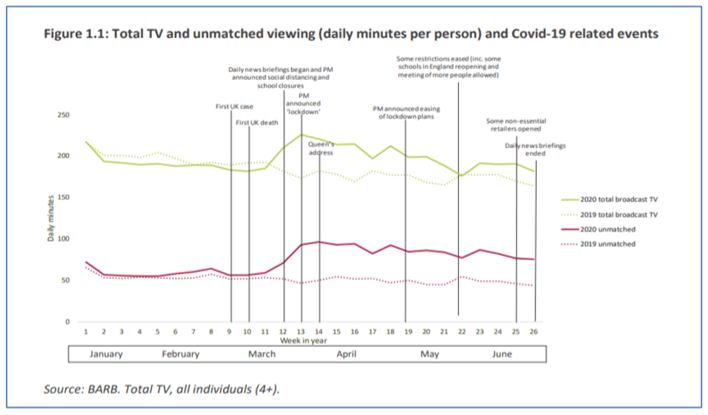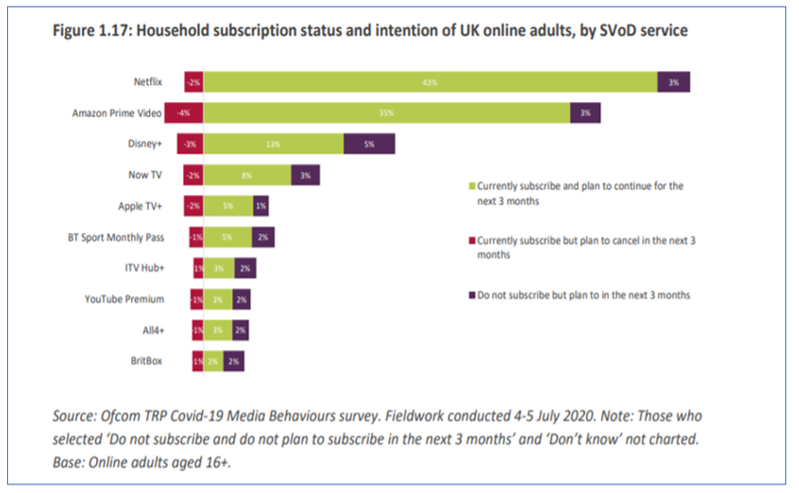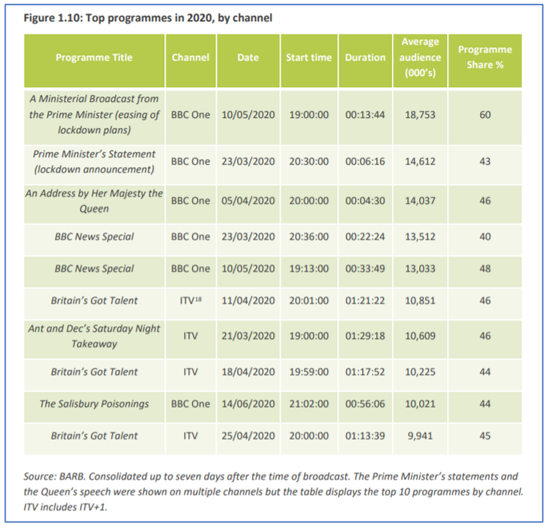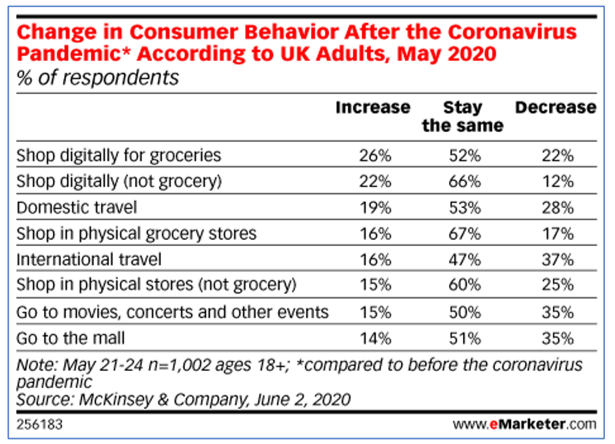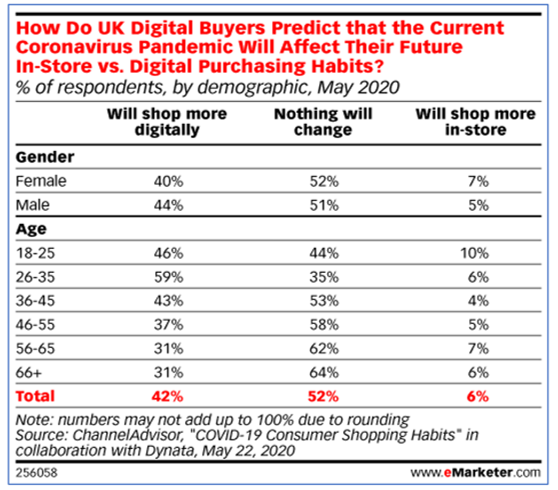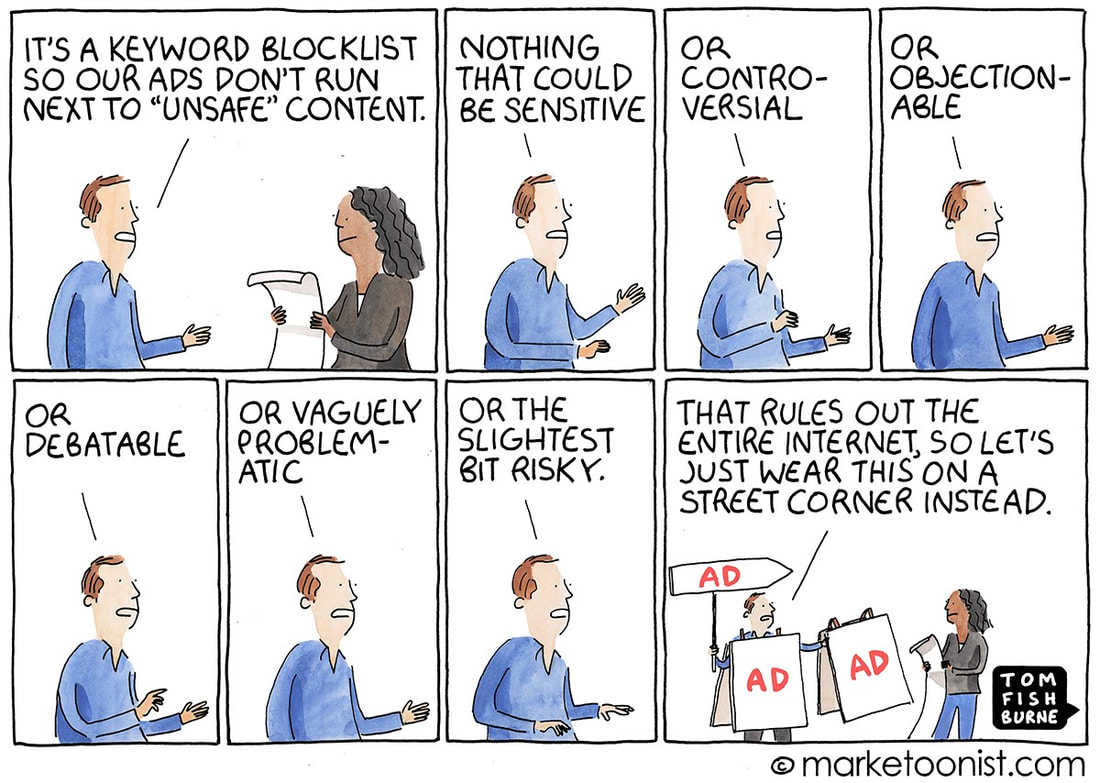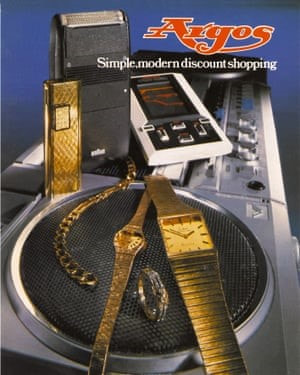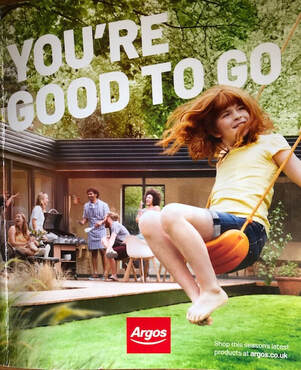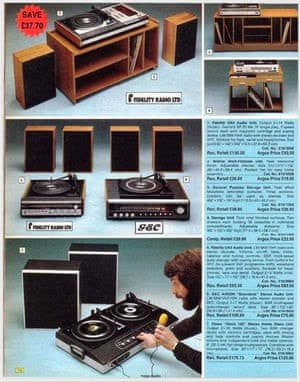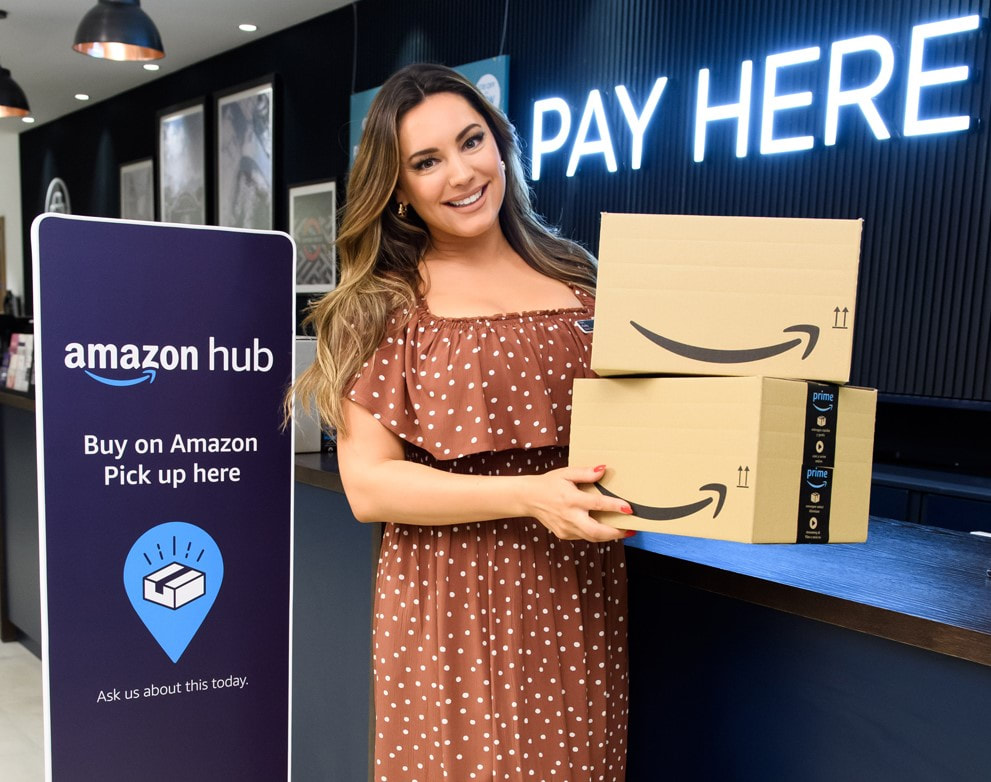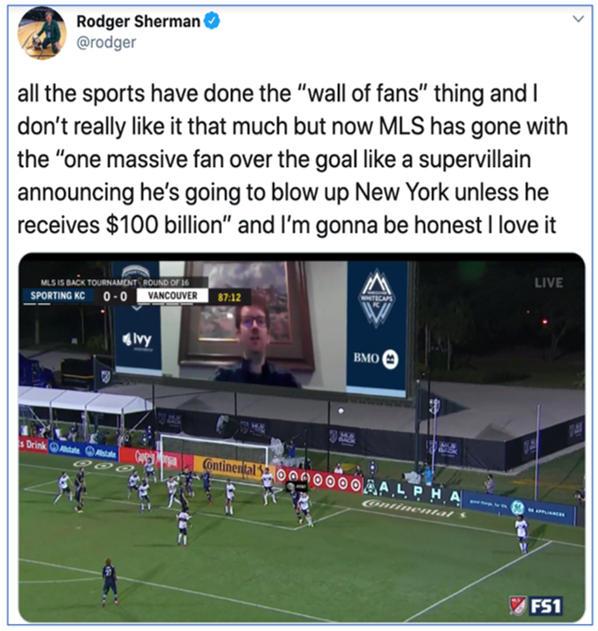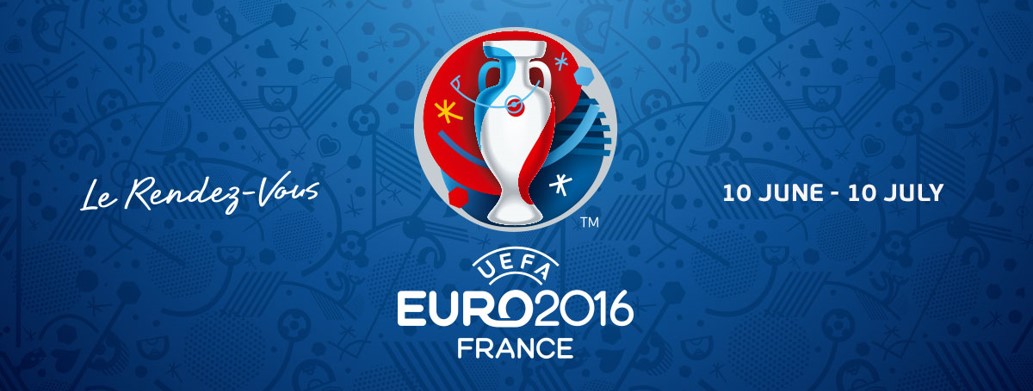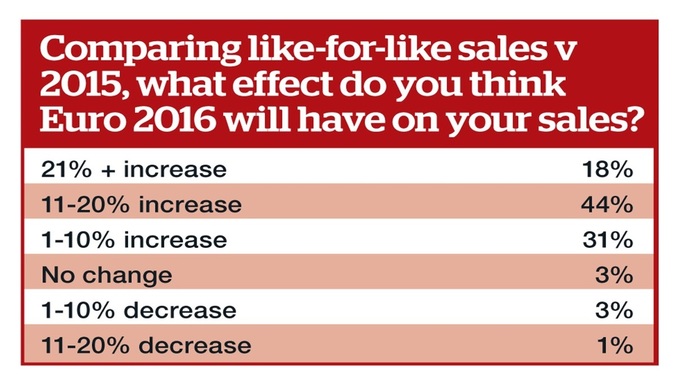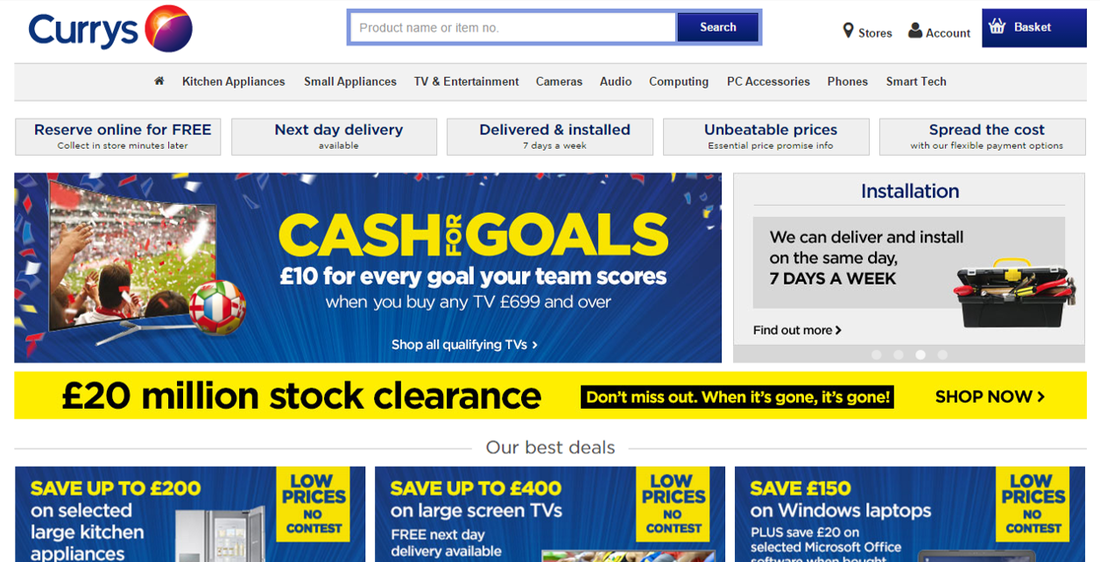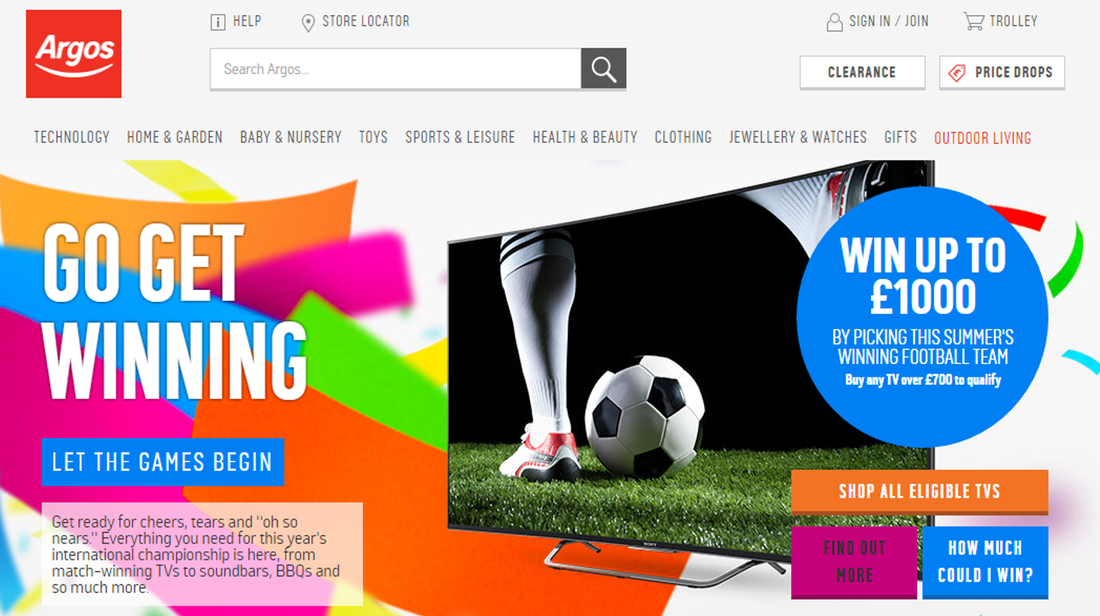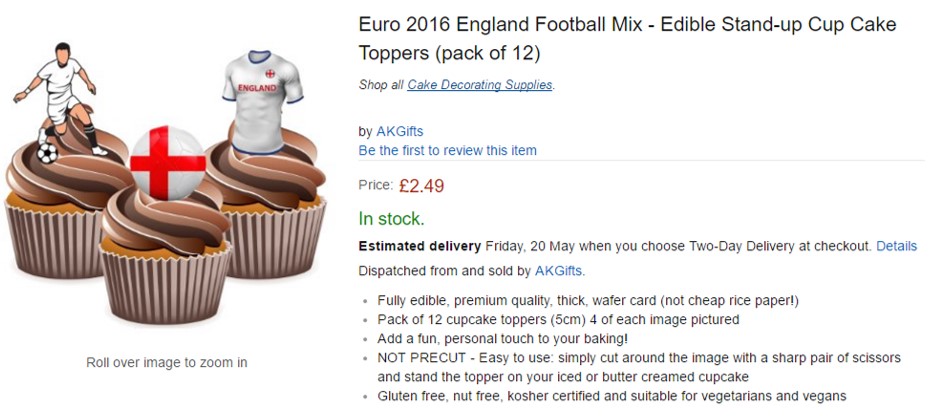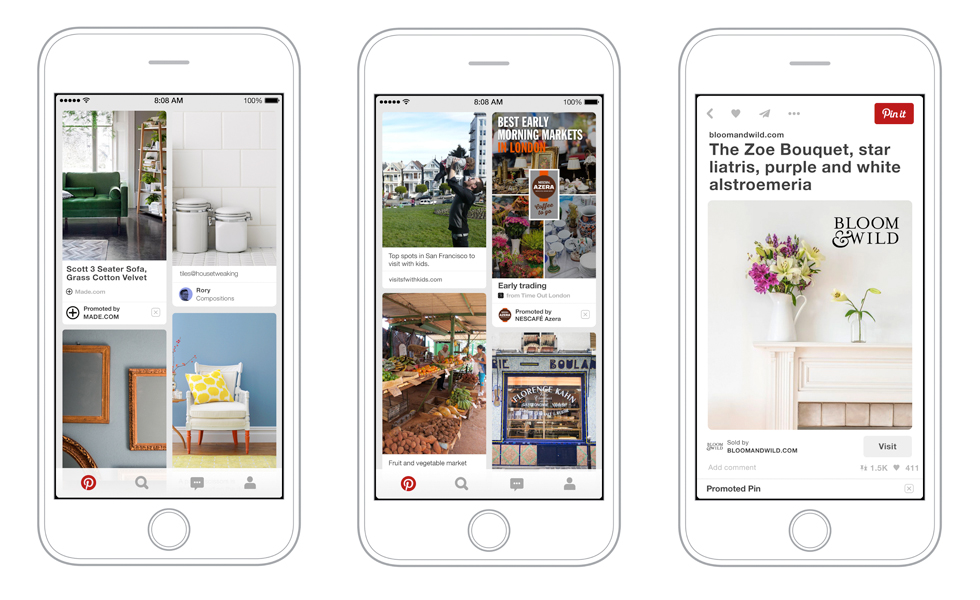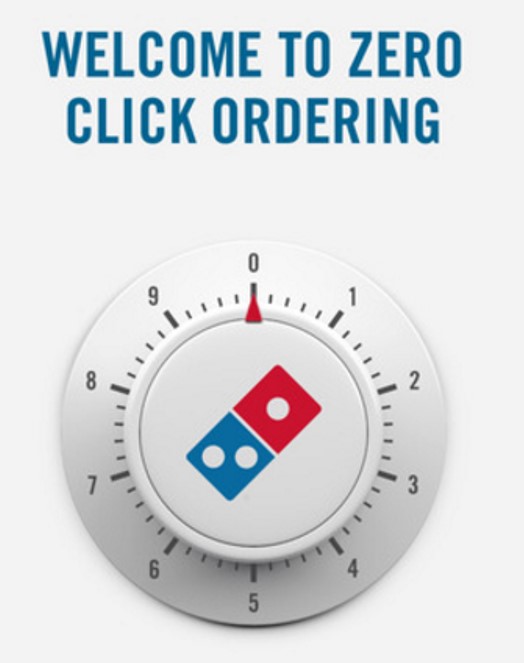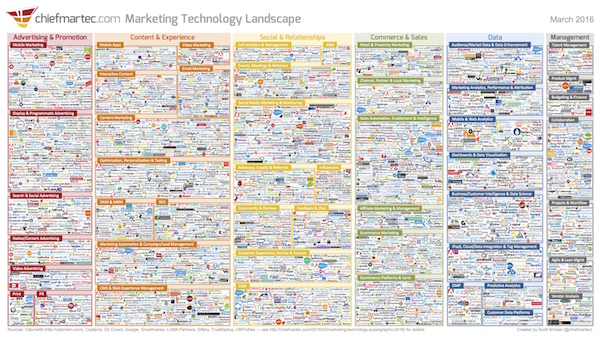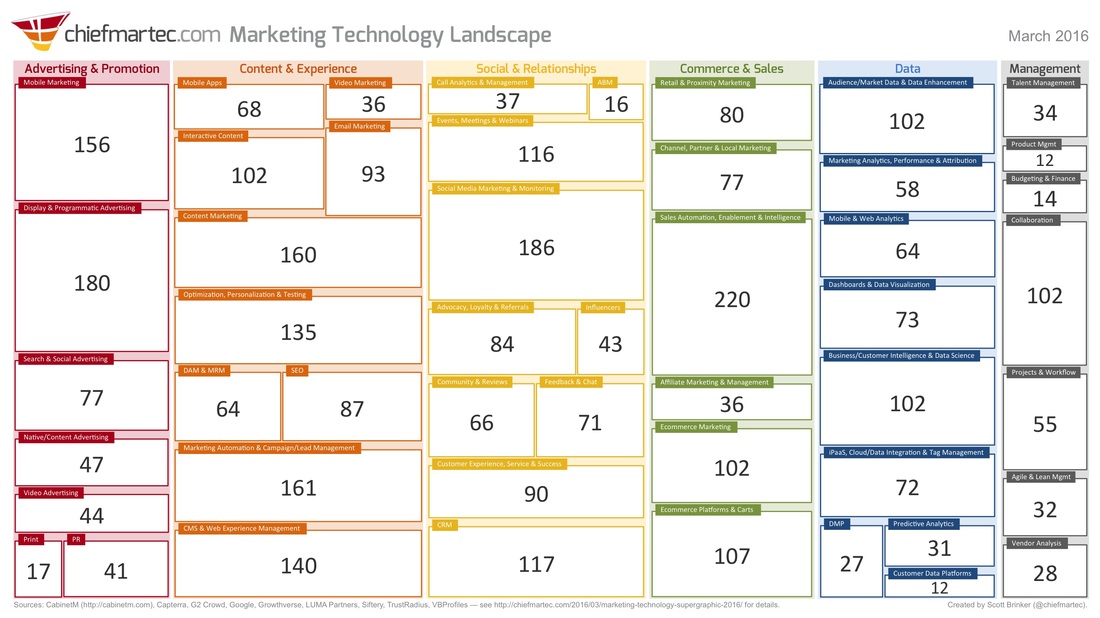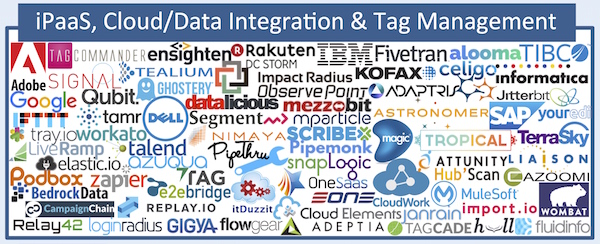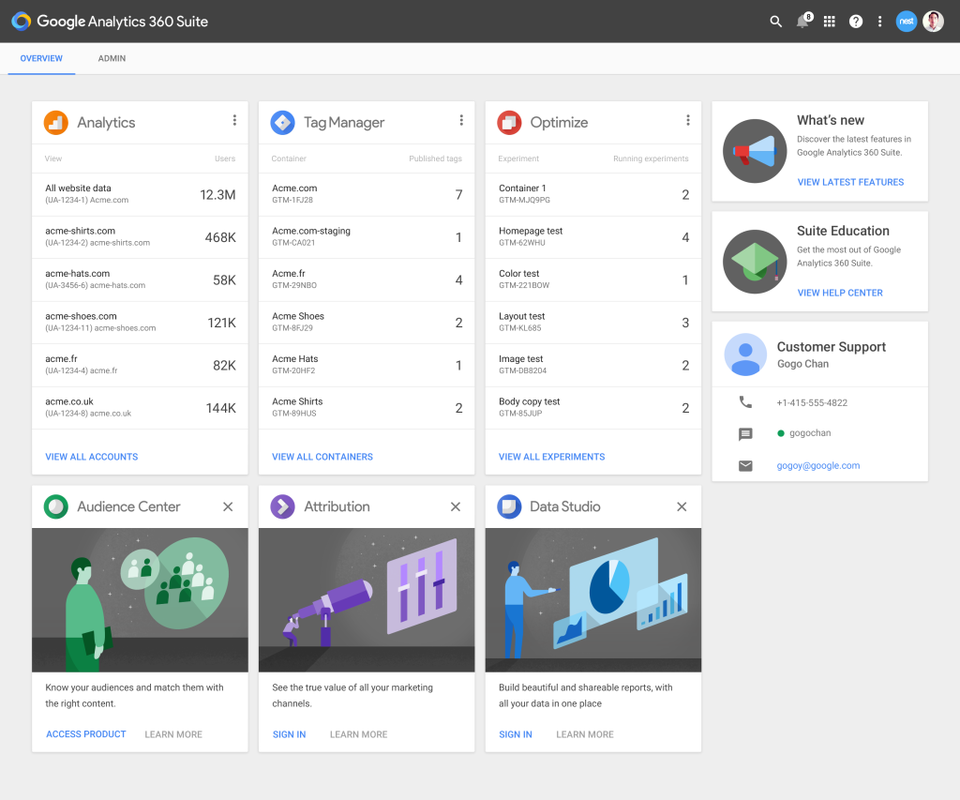|
Today’s Clear Digital Digest reviews a recent Ofcom report about our changing TV and video viewing habits since lockdown. We also take a look at changes in the ecommerce world, covering both shopper attitudes plus news from Amazon, Aldi and the mooted return of a familiar old retail brand, Comet… CHANGING VIEWING HABITS Ofcom have just released their latest annual Media Nations research report, examining how we consume TV, video, radio and audio content. This year’s events have unsurprisingly seen quite significant changes since March, so Ofcom have added two chapters to their report examining Covid-19 related trends. Some key highlights from this are:
CHANGING SHOPPING HABITS As well as changing our viewing habits, Covid19 has also fundamentally changed our shopping habits with the well documented growth in online shopping. eMarketer have taken a look at what these shifts may mean in the longer term.
Looking at other ecommerce stories, a week never seems to go by without some significant Amazon news and the last seven days are no exception.
0 Comments
Clear Digital Digest: Argos catalogue RIP, retail tie-ups, Q2 updates and soccer supervillains3/8/2020 Today’s Clear Digital Digest starts with a look back at the beloved Argos catalogue before looking forward to the growing impact of another Argos innovation in Click & Collect, as well as other retail partnerships. Then we turn our attentions Stateside to review Q2 updates from Amazon, Facebook and Google plus the latest digital innovation in sports watching… END OF AN ERA – GOODBYE ARGOS CATALOGUE So RIP the Argos catalogue – as one wag noted, much easier to say than to actually do. As was widely reported on Thursday, Argos have stopped producing their twice yearly catalogue, meaning that January’s Spring/Summer 2020 edition will be its final print version. Argos now say that online shopping offers “greater convenience” than flicking through a catalogue, part of the continuing wider shift to ecommerce sales. Having previously spent 8 years in various roles within Argos’ ecommerce operation, during which time the catalogue’s ubiquity (estimated to have been in approx. 75% of British homes at one time) certainly helped to mutually drive web sales, there’s definitely a sense of nostalgic regret to see the “laminated book of dreams” bid farewell. However, it appears that less and less were being printed, with 3.9m of the last edition down from a peak of over 10m a decade ago. And with each catalogue costing roughly £3 to produce back when I was working there, changing shopping habits will have made ceasing production an increasingly attractive option for the huge potential cost savings; something that has been frequently reviewed over the years. Nostalgia for kids being able to choose their favoured Christmas presents will be partly assuaged by the news that Argos plans to continue to print its Christmas Gift Guide, still generally a sturdy 300 pages or so, albeit well down on the 1800 page behemoth that was the main catalogue. Before then, for anyone after a quick nostalgic fix, the Guardian pulled together a selection of vintage covers and catalogue pages, count me in for 1976’s Home Stereo Disco Unit (item 7 below…) CLICK AND COLLECT/RETAIL PARTNERSHIPS Of course, there are other retail channels that Argos pioneered which remain highly relevant and continue to grow in popularity, none more so than Click & Collect. In line with all ecommerce sales, Click & Collect orders have been growing rapidly since the start of lockdown, with more and more brands partnering together for mutual benefit. Argos have offered a collection service for selected eBay customers since 2014, while the introduction of Argos collection points into many Sainsburys stores since being bought by the grocer in 2016 meant that Argos was able to continue offering C&C services throughout lockdown. Amazon entered into a similar partnership with Next last year with their Amazon Counter initiative, while John Lewis have recently announced plans to extend their C&C tie-up with the Co-op to over 500 stores. John Lewis have also just stated that they expect 60% of their sales to be online, up from 40% pre-Covid. In an update to all John Lewis partners, chair Sharon White said “We have two of the best loved and trusted brands in the UK, rated highly for our personal service and expert, impartial advice. Customers are, however, shopping in very different ways – younger people especially – with the pandemic accelerating the importance of digital. We expect John Lewis to be a 60% online retailer, from 40% pre-Covid-19, and Waitrose to rise above 20%, from 5%.” Such uncertain times do certainly seem to be leading to a much wider array of complementary brands working together, with another recent example seeing Sainsburys starting to provide a range of 3000 products to the garden centre retailer Dobbies. Q2 UPDATES: AMAZON, FACEBOOK, GOOGLE Three of the tech giants have provided their latest global Q2 updates in the last few days, with varying results. Of course, Q2 2020 is the first quarter since the world has been in lockdown, so one would certainly not expect standard trends from these updates.
AND FINALLY…
In a week when it was announced at the last minute that planned pilot sporting events were not allowed to admit limited spectators as originally planned, technology continues to serve up increasingly sinister options instead. After previously highlighting Japanese robotic baseball fans last month, MLS in the US have now seemingly opened applications for the world’s next supervillain… It’s now just 3 weeks to go till Euro 2016 kicks off in France on Friday 10th June, and while the tournament itself will have some way to go in order to match the still incredible story of Leicester City’s domestic Premier League triumph, the extra home nation interest this year will undoubtedly see passion levels run high once Euro 2016 actually starts. Summer football events such as the Euros are now also an established part of the marketing and promotion calendar for many brands – for both official sponsors and other companies – so I’ve taken a look at how some of them have so far embraced this opportunity. It was estimated that the 2014 World Cup contributed £2.5bn to UK consumer spending and it is believed that Euro 2016 will generate a similar amount, with food, drink, retail and betting sectors seeing the greatest benefits. Over 60% of pubs are predicting like for like sales increases of more than 10% through June, with the England v Wales group match on Thursday 16th June unsurprisingly highlighted as a particularly large opportunity. The nature of big sporting tournaments like Euro 2016 lends itself to a variety of different objectives for brands, in particular:
OFFICIAL SPONSORS: CARLSBERG EARLY PACE-SETTERS UEFA have 10 official sponsors for Euro 2016; ranging from the usual suspects such as Adidas, Coca-Cola and McDonalds to emerging brands which won’t be as familiar to European consumers. These include the Chinese consumer electronics company Hisense and the seemingly aptly named Socar. Socar is actually the State Oil Company of the Azerbaijan Republic, so in reality this organisation is perhaps not such a natural fit for football tie-ins as Carlsberg for example. Amongst official sponsors, Carlsberg have certainly been to the fore with their activation plans, with a range of initiatives all following the “if Carlsberg did…” strapline, seemingly both in domestic markets and pan European too. This week, Carlsberg have been trailing online a new ad campaign starring Marcel Desailly, one of France’s World Cup 98 and Euro 2000 winning heroes. “If Carlsberg Did La Revolution” will undoubtedly feature heavily in June during TV coverage, with many hidden references in there for football geeks as well. Amongst the standard ticket giveaway competitions, Carlsberg have also been using more creative methods ahead of the tournament in the UK, including Chris Kamara looking at what would happen “if Carlsberg did substitutions” and rewarding generous Tube travellers with tickets to the Euros. Other UK focused campaigns include experiential activity, with Carlsberg rebranding 19 English pubs as the patriotic “The Three Lions”. Some other selected highlights from official sponsors include:
“UNOFFICIAL” CAMPAIGNS: PREDICT THE WINNER 3 weeks out and it may be a bit early to stock up on essentials like food and drink if planning a barbecue party, but it is the perfect time for more considered purchases to enhance your Euro 2016 viewing pleasure, such as a shiny new TV. And full disclosure here: I did once buy a new TV in time for Euro 2004, so this does actually happen! However, with governing bodies such as UEFA monitoring and protecting their trademark rights to enhance the aforementioned sponsorship deals, this tends to result in some creative descriptions by the vast majority of brands that are not filling UEFA’s coffers; leading to the use of many generic campaign titles such as the “summer of sport" rather than the trademarked "Euro 2016" or similar. A couple of good examples here are provided by Currys and Argos, both of whom are offering TV promotions with a prediction element based around "this summer’s big football tournament" (aka Euro 2016). To the fore on Currys’ homepage is their “Cash for Goals” promotion, backed up by a range of accompanying media both online and offline. This is a deal that Currys have run in similar form during previous summer football tournaments, and means that should you spend over £699 on a TV, Currys are offering £10 cashback for each goal that either England, Wales, Northern Ireland or Republic of Ireland score during the tournament. Customers can pick their team and with more choice amongst British Isles teams than usual, it will certainly be interesting to see if customers patriotically pick their own home nation, or go for another team based on their perceived chances. Argos are also focusing on upper end TVs by offering customers a chance to win up to £1000 by “picking this summer’s winning football team” when you buy a TV over £700 in their “Go Get Winning” promotion. Further investigation shows that for those heartened by the Leicester fairytale, you can win £1000 back if you plump for an outsider like Albania or Slovakia (or Northern Ireland/Wales), down to £100 for France, Germany or Spain. An England win, unlikely as it may seem, would net you £250 cashback. AND FINALLY… As well as official Euro 2016 sponsors maximising their activity with glossy campaigns and giveaways, plus retailers looking to sell appropriate seasonal products, multi-national sporting events generally also see a few more esoteric tie-ins as well. Expect to see some of these to the fore as the tournament approaches, but as a tasty example, the Amazon listing below provides some food for thought… After launching in the US last year, Pinterest introduced its Promoted Pins ad solution in the UK this week, with brands such as John Lewis, Made.com and B&Q involved from day one. Pinterest’s visual nature makes it well suited to product categories such as furniture, where it should help retailers at the top of the purchase funnel, something that Hannah Pipel from Made.com highlighted thus: “I think potentially the planning stage is a really interesting one especially for home decor and higher ticket price items”. Of course, this will then entail efficient tracking and analysis to understand the value of Pinterest in the consideration phase, as it’s much less likely to gain the still often most visible last click. Having been around a fair while in the ever changing social media world, it is in fact perhaps surprising that it is only now that Pinterest are seeking to actively monetise their user base via advertising. With that in mind, Facebook’s announcement this week of a partnership with Tesco owned Dunnhumby to give greater visibility to FMCG brands on the effectiveness of their Facebook campaigns also shows that the job on proving digital marketing success is still far from done. According to The Drum this is in response to the fact that top FMCG brands “were being forced to put more budget than they might like to TV advertising, rather than digital, because the buyers at supermarkets – the people who decide if a product will go on shelves – believe that mass marketing is still the only way to shift stock at scale”. Therefore, this reality check helps to demonstrate the ongoing need for digital to still prove its worth compared to more established media, an education process that ecommerce teams still generally need to make a priority. Some unexpected news in the intersection between social media and sport this week too, with Twitter swiping the rights to live stream NFL Thursday night games worldwide. As previously reported, there had been a fair amount of speculation about this, with Facebook widely considered to be the front runner to help further boost its Facebook Live offering. Instead, Twitter will be benefitting from the live rights which will also help visibility and user growth for Periscope, its live streaming service which will be central to this.
This week, Scott Brinker issued his updated Marketing Technology Landscape for 2016. Now an extremely helpful and anticipated annual review of this sector, it is perhaps no surprise that this year’s super graphic is bigger than ever – although a doubling of marketing technology solutions shown to 3874, from 2015’s 1876 (itself double the 947 featured in 2014) is maybe unexpected, and certainly not what I personally predicted in December when looking ahead to 2016. This blog looks at the key developments compared to last year’s landscape and pulls out my 3 main takeaways, including a look at Google’s newly announced Analytics 360 Suite. As Scott’s accompanying blog post makes clear, this continuingly large increase in solutions seems to have come about because rather than moving to a “one platform to rule them all model”, many organisations continue to use multiple platforms in their marketing technology stacks, with increasing ease of integration (including a category of products known as iPaaS = integration platforms as a service) meaning that the “all in one” solution is not as crucial to provide consistent data integration/customer experience etc as may have been believed before. NB – Of course, one other reason for the increase may of course be the ever growing industry interest in Scott’s landscape itself, with every tech solution no doubt making sure they are represented on there this year! One of the most interesting parts of the update is changes in how the multiple vendors are categorised, no simple job on such a huge chart. Here, I have to say that I really like the 6 categories that have been used for 2016, which are focused on 6 marketing technology capability clusters (with multiple categories then underneath):
These new clusters appear more consistent with the final customer experience compared with last year’s model where marketing experience and operations solutions were “stacked” on top of infrastructure and platform systems at the bottom. This new set-up sees clusters 1-4 helping to replicate a typical customer funnel in logical order, with accompanying Data and Management enablers as numbers 5 and 6. Generally pulling out “paid” marketing as cluster 1, with “owned/earned” living in clusters 2, 3 and 4 is also a really helpful distinction from 2015. So what does all this mean? Here are my 3 key takeaways from this new Marketing Technology Landscape… 1. JOINING THE DOTS AND PLUG & PLAY SUPPORT ARE NOW THE NORM As alluded to above, I think it is significant that “Integration Platforms As A Service” (or iPaaS) has been pulled out as its own category, including data integration and tag management solutions. As our consumer lives via iOS, Android etc have become increasingly simple and user friendly, so marketers have been demanding a similar level of flexibility with business technologies. The huge 2016 landscape shows how big this potential system is overall. 2. BUT THE BIG BEASTS AREN’T GOING ANYWHERE However, of course base platforms do remain fundamentally important as core building blocks, with the significant recent news here being Google’s announcement last week of Google Analytics 360 Suite. With Google Analytics Premium at its core, this will consist of existing Google tag management and attribution products as well as other new applications. These include a new data visualisation tool Data Studio 360, Optimise 360 (on site testing and personalisation) and Audience Centre 360, a data management platform. An obvious challenger to the likes of Adobe’s Marketing Cloud and similar services from IBM, Salesforce etc – it will be interesting to see how this develops in the coming months. 3. THE NEW CLUSTERS SEEM CLOSER TO TYPICAL MARKETING PLANNING, THEREFORE MAKING IT EASIER TO ASSESS TECH REQUIREMENTS As I mentioned above, it is instructive that “paid” marketing channels are in a separate cluster to “owned/earned”, which I feel is particularly important for the hugely broad sphere of a discipline like content marketing, which now is well represented in cluster 1 (via “native/content advertising” and “video advertising”), cluster 2 (well, pretty much all of it as this cluster is “Content & Experience") plus cluster 3 (e.g. “Social Media Marketing”). In essence, what this does help to demonstrate is that for any successful campaign, ultimately to be serviced by cluster 4 “Commerce & Sales”, it is likely that a combination of channels from the first 3 clusters will be used. But of course, not all – and when developing any marketing tech stack, it is those priority calls about what to focus on when you can’t do everything that are always key. And finally, many thanks to Scott Brinker for producing this always helpful and thought provoking graphic. Although there is by necessity a lot packed in there, it is really useful as a “50,000 foot overview of the entire space”. There are various links to the original landscape through this blog, but you can also visit Scott’s website at www.chiefmartec.com |
Jim ClearLead blogger and founder of Clear Digital: talking about ecommerce, digital, marketing and media. Categories
All
Archives
December 2020
|

